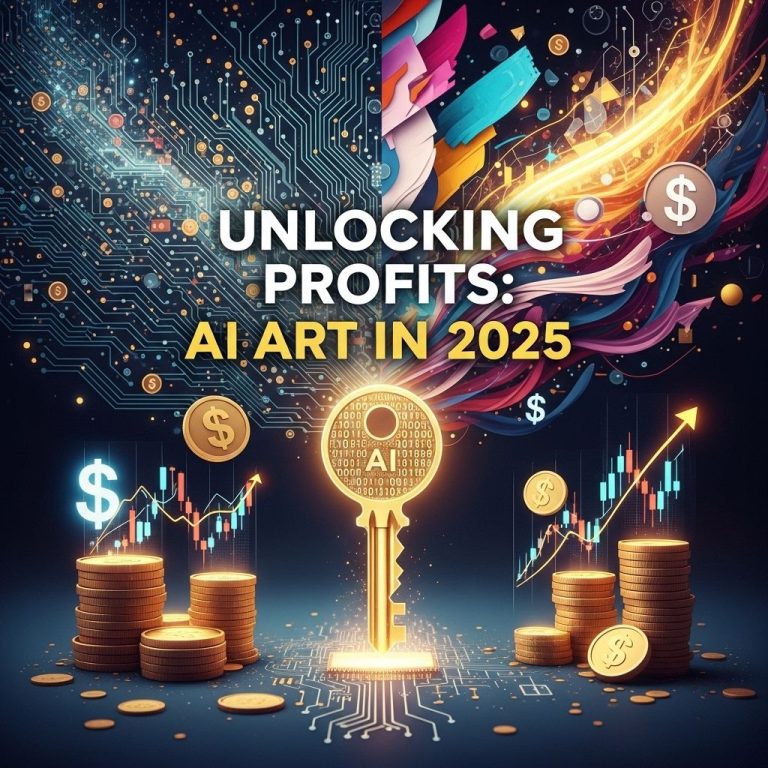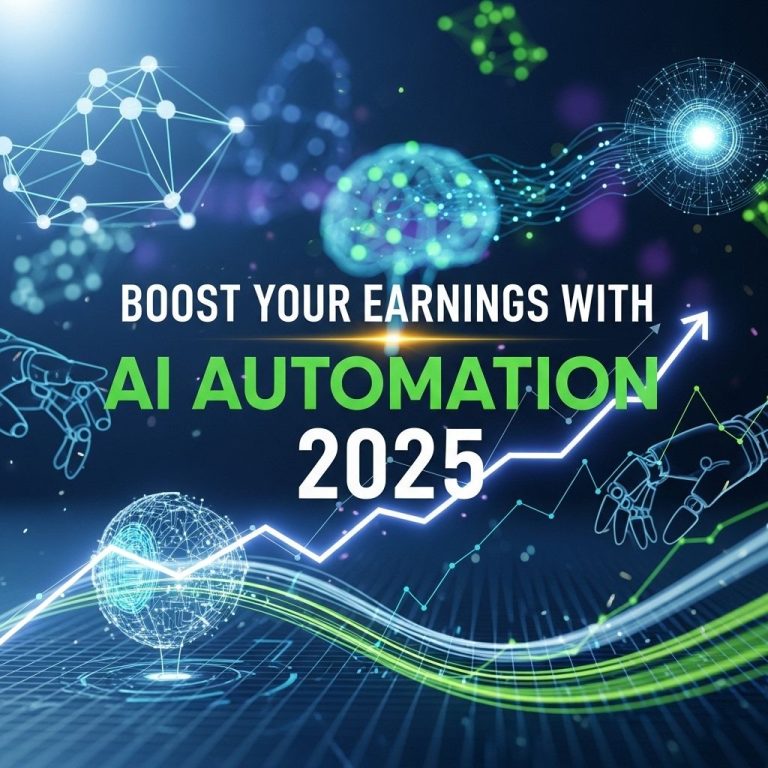In today’s rapidly evolving technological landscape, organizations are constantly seeking innovative solutions to enhance their operational efficiency. One such solution that has gained significant traction is the integration of real-time AI dashboards. These dashboards offer a comprehensive view of data, enabling businesses to make informed decisions quickly. By leveraging the power of artificial intelligence, organizations can transform raw data into actionable insights, streamline workflows, and ultimately improve their bottom line.
The Rise of Real-Time Data Analytics
The importance of real-time data analytics cannot be overstated. In an era where data is generated at an unprecedented rate, businesses must harness this information to remain competitive. Real-time analytics refers to the immediate processing and analysis of data as it is generated. This allows organizations to:
- Monitor performance metrics continuously.
- Identify trends and anomalies in real time.
- Respond swiftly to market changes.
With the advent of AI technologies, real-time dashboards have become more intuitive and powerful, providing users with the tools needed to interpret complex datasets easily.
Key Features of AI-Driven Dashboards
AI-driven dashboards come equipped with a variety of features designed to enhance user experience and data analysis. Some of these features include:
1. Data Visualization
Effective data visualization is crucial for understanding complex information quickly. AI dashboards often include:
- Graphs and Charts: Simplifies data representation.
- Heat Maps: Highlights areas of interest or concern.
- Interactive Elements: Allows users to drill down into specific data points.
2. Predictive Analytics
One of the most powerful aspects of AI is its ability to forecast future trends based on historical data. This predictive capability can help organizations:
- Anticipate customer needs and preferences.
- Optimize inventory levels.
- Reduce operational costs through strategic planning.
3. Real-Time Alerts
AI dashboards can be configured to send real-time alerts based on predefined conditions. This feature ensures that stakeholders are notified immediately when significant events occur, such as:
- Sudden drops in sales.
- System performance issues.
- Unusual spikes in website traffic.
Benefits of Implementing AI Dashboards
Organizations that adopt AI dashboards stand to gain numerous benefits. Here are some key advantages:
1. Enhanced Decision-Making
Real-time insights allow decision-makers to base their strategies on current data rather than outdated reports. This leads to:
- Increased agility in responding to market trends.
- More effective resource allocation.
2. Improved Operational Efficiency
By automating data collection and reporting, AI dashboards reduce the time spent on manual processes. This results in:
- Lower operational costs.
- Increased productivity among employees.
3. Greater Customer Insights
Understanding customer behavior is critical for any business. AI dashboards facilitate the analysis of customer data, enabling organizations to tailor their offerings effectively.
Challenges in Implementing AI Dashboards
While the benefits are substantial, integrating AI dashboards into existing systems is not without challenges. Some common obstacles include:
1. Data Quality Issues
For AI dashboards to be effective, organizations must ensure that their data is accurate, complete, and up-to-date. Poor data quality can lead to misguided insights.
2. User Adoption
Getting stakeholders to embrace new technologies can be challenging. Training is often required to ensure users understand how to leverage the dashboard effectively.
3. Integration with Existing Systems
Integrating AI dashboards with legacy systems can be complex and may require additional resources.
Best Practices for Successful Implementation
To maximize the effectiveness of AI dashboards, organizations should consider the following best practices:
1. Define Clear Objectives
Before implementation, it’s crucial to outline specific goals that the dashboard should achieve. This clarity will guide the design and functionality of the dashboard.
2. Invest in Data Governance
Establishing a robust data governance framework is vital for maintaining data quality and ensuring compliance with regulations.
3. Foster a Data-Driven Culture
Encourage a culture where data-driven decision-making is valued. This may involve ongoing training and support for employees.
Case Studies: Successful AI Dashboard Implementations
| Company | Industry | Outcome |
|---|---|---|
| Company A | Retail | Increased sales by 25% in Q1. |
| Company B | Healthcare | Reduced patient wait times by 30%. |
| Company C | Finance | Improved fraud detection rates by 40%. |
Conclusion
In a world where data is king, implementing real-time AI dashboards is no longer a luxury; it is a necessity for organizations aiming to thrive in a competitive landscape. By harnessing the power of AI, businesses can unlock valuable insights that drive efficiency, enhance decision-making, and ultimately lead to greater success. As technology continues to evolve, those who adapt and leverage these advanced tools will undoubtedly stand out in their respective industries.
FAQ
What are real-time AI dashboards?
Real-time AI dashboards are interactive visual displays that utilize artificial intelligence to provide instant insights and analytics on various data points, helping businesses make informed decisions quickly.
How can real-time AI dashboards improve IT efficiency?
By providing immediate access to critical data and performance metrics, real-time AI dashboards enable IT teams to identify issues quickly, optimize resource allocation, and enhance overall operational efficiency.
What industries benefit from real-time AI dashboards?
Real-time AI dashboards can benefit a wide range of industries, including finance, healthcare, retail, and manufacturing, by improving data visibility and decision-making processes.
Are real-time AI dashboards customizable?
Yes, most real-time AI dashboards are highly customizable, allowing organizations to tailor the visualizations and data sources to meet their specific needs and objectives.
What data sources can be integrated into real-time AI dashboards?
Real-time AI dashboards can integrate data from various sources, including databases, cloud services, IoT devices, and social media platforms, providing a comprehensive view of business performance.
Is training required to use real-time AI dashboards?
While many real-time AI dashboards are user-friendly and designed for easy navigation, some training may be beneficial to maximize their features and capabilities, especially for advanced analytics.




